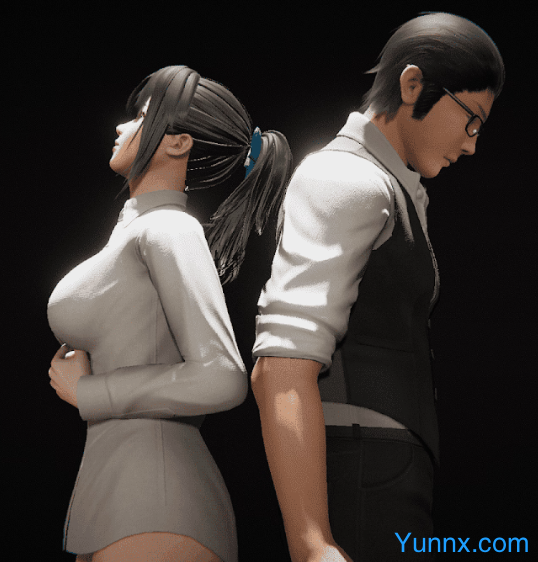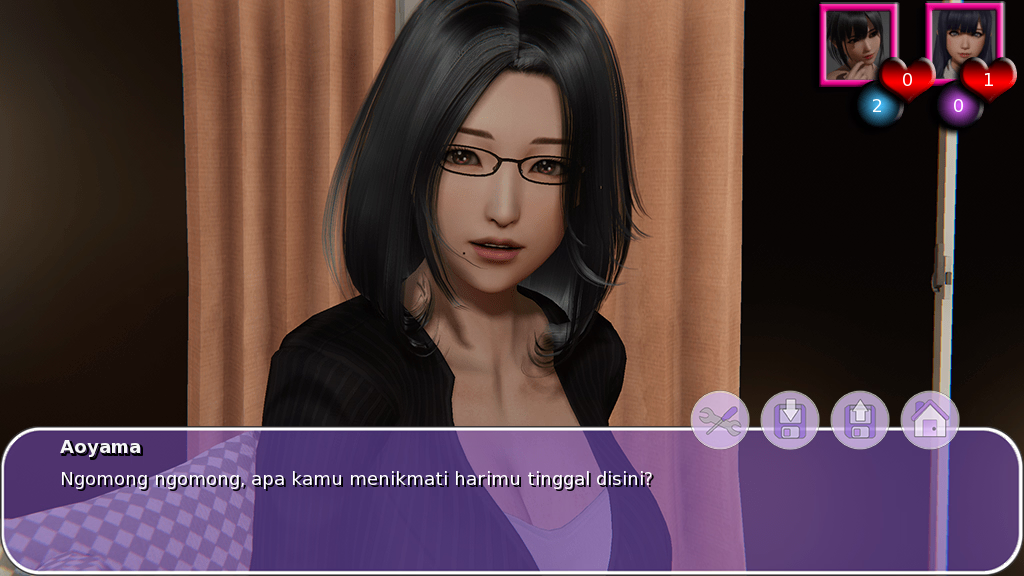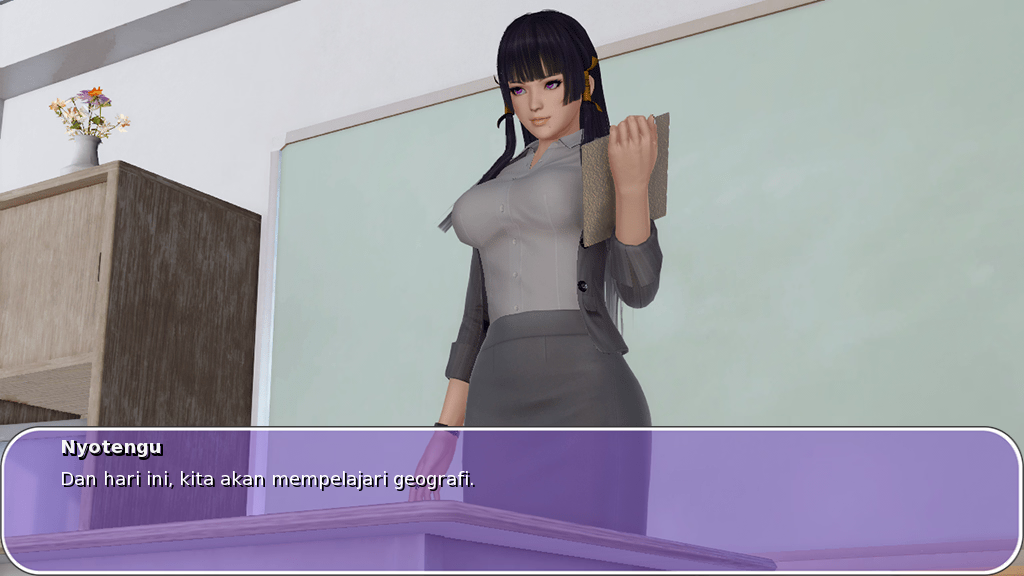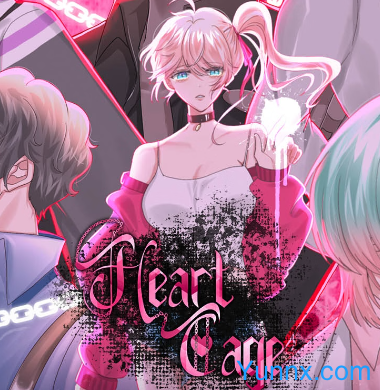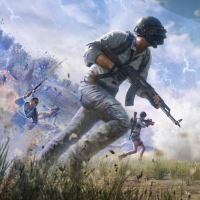Timeless Vengeance (working title) plunges players into a twisted tale of unresolved trauma and generational conflict. When a humiliated student plots revenge two decades later, a protective sibling’s intervention sparks a deadly clash between past regrets and present survival. Blending psychological tension with tactical combat, this gripping saga explores the echoes of bullying, family loyalty, and the cost of redemption.
Fractured Timelines Collide
A single act of humiliation in 1996 ripples across time, erupting into violence in 2017. Navigate dual timelines to uncover how past decisions shape present dangers—and rewrite outcomes before tragedy becomes inevitable.
1. Dual Narrative Paths: Experience branching storylines where 1996 schoolyard encounters directly alter 2017 threats, with choices rippling across decades.
2. Time-Sensitive Puzzles: Solve era-specific challenges—decoding 90s-era technology in decaying archives or decrypting modern surveillance systems—to bridge timelines.
3. Generational Secrets: Unearth hidden family histories linking Tetsuya’s vendetta to ancestral feuds, revealed through fragmented diaries and AI-generated hallucinations.
Survival Against Personal Demons
As Masato races to shield Araiya’s family, survival hinges on outsmarting a vengeful mastermind exploiting decades-old grudges. Every encounter tests resolve, morality, and ingenuity.
• Adaptive Threats: Enemies evolve based on historical context—1996 bullies reappear as 2017 mercenaries, armed with knowledge of past failures.
• Resource Scarcity: Manage limited tools across timelines; a 1996-era lockpick might become a 2017 hacking device, blending nostalgia with modernity.
• Memory Manipulation: Use recovered artifacts to alter protagonists’ perceptions, blurring friend/foe lines in a war of psychological attrition.
Combat Rooted in Regret
Battles reflect emotional stakes, merging physical confrontation with symbolic choices. Weaponize guilt, anger, or regret to exploit enemies’ weaknesses—or lose control to their destructive impulses.
1. Emotion-Driven Abilities: Channel Tetsuya’s humiliation into devastating area attacks, or harness Masato’s protective rage for defensive shields.
2. Environmental Retaliation: Turn locations into weapons—a collapsed classroom crushes foes in 1996, while a hacked traffic grid traps pursuers in 2017.
3. Sacrifice Mechanics: Offer personal memories or relationships as temporary power boosts, risking permanent personality shifts for short-term gains.
